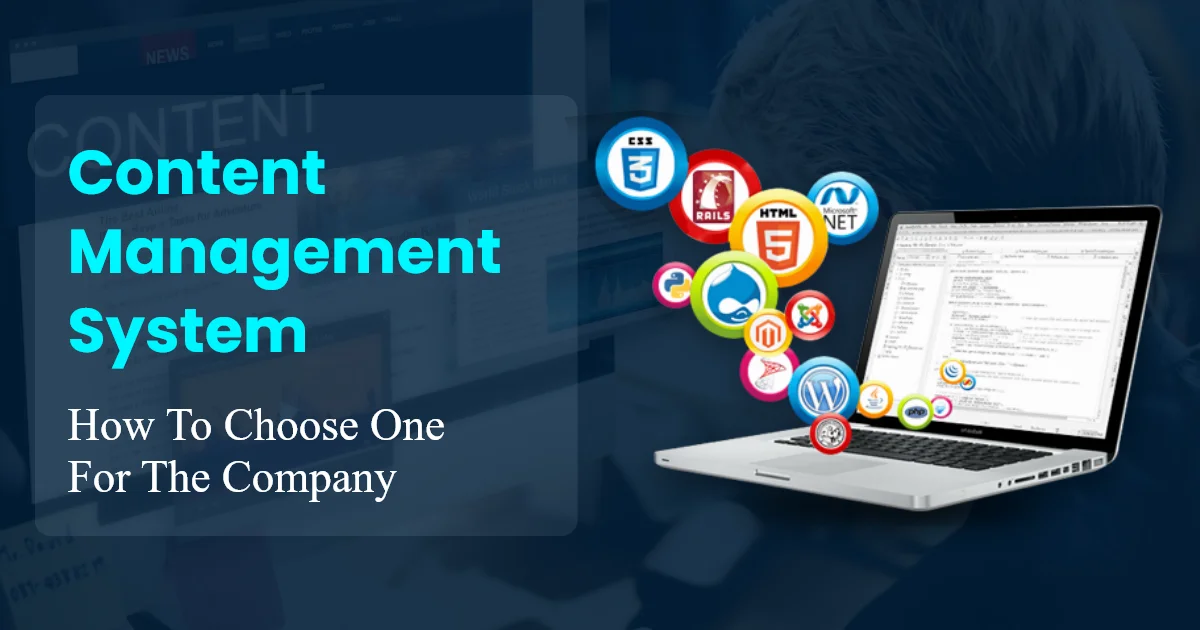Content Management System & How To Choose One For The Company
blog » Content Management System & How To Choose One For The Company

A content management system (CMS) is a computer program that helps you manage your organization’s digital assets, such as your website content.
A CMS can be used independently or in conjunction with other business applications. You can set it up on your network, use a web-based option, or install the program on your devices locally.
Categories of content management systems
Different types of content management systems exist to handle different sorts of content.
CMS is divided into several groups:
- web content management systems
- enterprise content management systems
- mobile content management systems
- digital asset management systems
- media asset management systems
- document and records management systems
- component content management systems
What are web content management systems?

